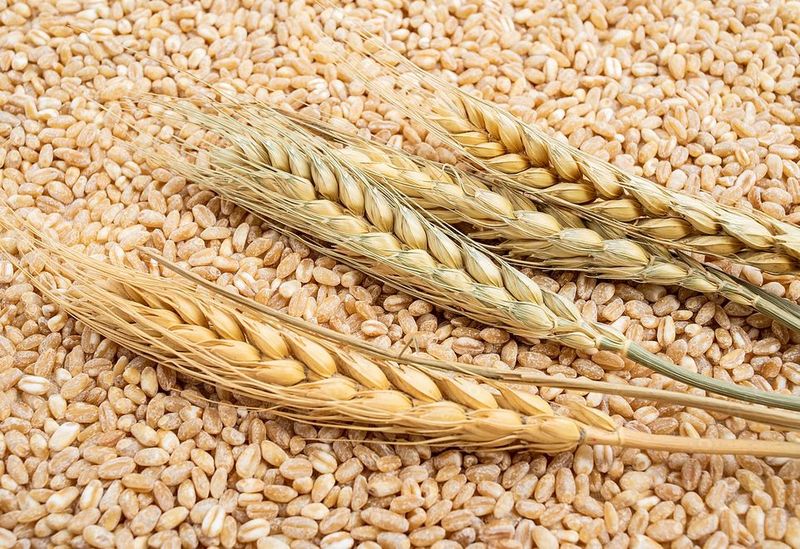Feature: Canadian spring wheat market confronts new crop quality questions, low old crop sales

With more Canadian wheat acres planted and higher yields of Canada Western Red Spring likely, questions are arising on what’s ahead for the market amid concerns about the quality of the new crop and as farmers hold back on old crop sales because of falling futures.
Early last week, Statistics Canada put total wheat planted at 25.4 million acres, 8.7% higher year on year and the highest level since 2013, when spring wheat gained 10.5% on the year to 18.2 million mt. The increases in planting on the year have been credited to better growing conditions from last season’s drought-stricken crop. Increases in the CWRS planting area could be the result of higher-than-average global wheat prices and global wheat demand.
Also, in its World Agricultural Supply and Demand Estimates report July 12, the US Department of Agriculture projected Canadian wheat production at 34 million mt, 1 million mt higher following the Statistics Canada survey.
While spring wheat production in Canada was expected to be higher because of the increase seen in seeded acres, new crop quality is unknown, with CWRS indicating it could point to lower protein and grades.
The concern over new crop protein quality could result in vast price ranges between the diverse quality and specifications for spring wheat. This display of concern is not seen for the old crop, as it has high quality and high protein levels, according to sources.
On predictions of the new crop being large and of lower protein content, shippers looking to export CWRS are concerned about accumulating enough high protein cargo, a CWRS export merchandiser said.
Moreover, demand for old crop has been limited on two main factors: lower flat prices influencing demand on short farmer selling, and old crop availability.
About new crop expected, there’s talk of limited availability for the old crop, with farmers holding on to the crop amid falling Minneapolis Grain Exchange futures, according to sources.
MGEX futures for the September contract have fallen $4.7350/bushel from May 17, its highest settle of $13.8950/bu for this year’s contract, to $9.2375 on July 12.
Tracking lower MGEX futures, CWRS outright prices for the three loading periods have shifted lower May 17 to July 12, with prices for the 30-45 day, 45-60 day and 60-75 day loading periods dropping $172.05/mt, $168.57/mt and 167.46/mt, respectively, S&P Global Commodity insights data showed July 13.
“Old crop is very tight, and with futures selling off, farmers are nonexistent,” a second CWRS source said July 11, referring to lower futures settlements and outright CWRS prices influencing farmers to hold on to crops.
“Lack of farmer selling is just simply sticker shock, as prices have declined very rapidly in a three-week span,” a third CWRS source said late last week.
Bids and offers are nonexistent as the market extends its previous market sentiment of quiet trading activity because of market participants not being engaged as MGEX futures and outright prices drop, CWRS sources said July 12.
On feedback putting old crop availability tight, new crop wheat is expected to be available for last-half September shipping forward. The first half of September would be too early for buyers to accumulate enough crop to be available FOB Vancouver and export this year, market sources said.
Altogether, CWRS sources have indicated that the market is watching weather conditions to see if farmers will have confidence for selling, and for development for this season’s spring wheat crop.
Read also
Wheat in Southern Brazil Impacted by Dry Weather and Frosts
Oilseed Industry. Leaders and Strategies in the Times of a Great Change
Black Sea & Danube Region: Oilseed and Vegoil Markets Within Ongoing Transfor...
Serbia. The drought will cause extremely high losses for farmers this year
2023/24 Safrinha Corn in Brazil 91% Harvested
Write to us
Our manager will contact you soon



